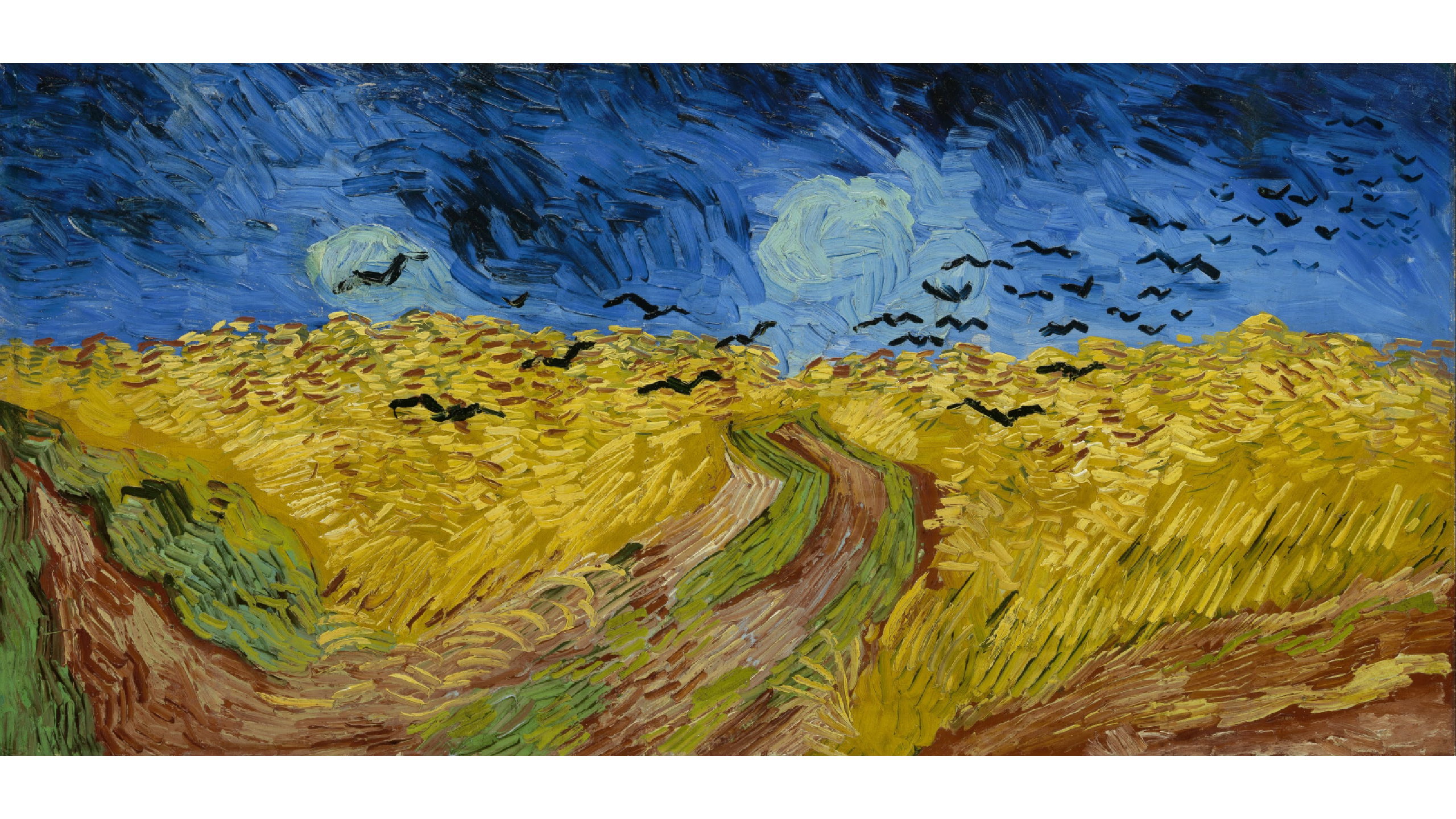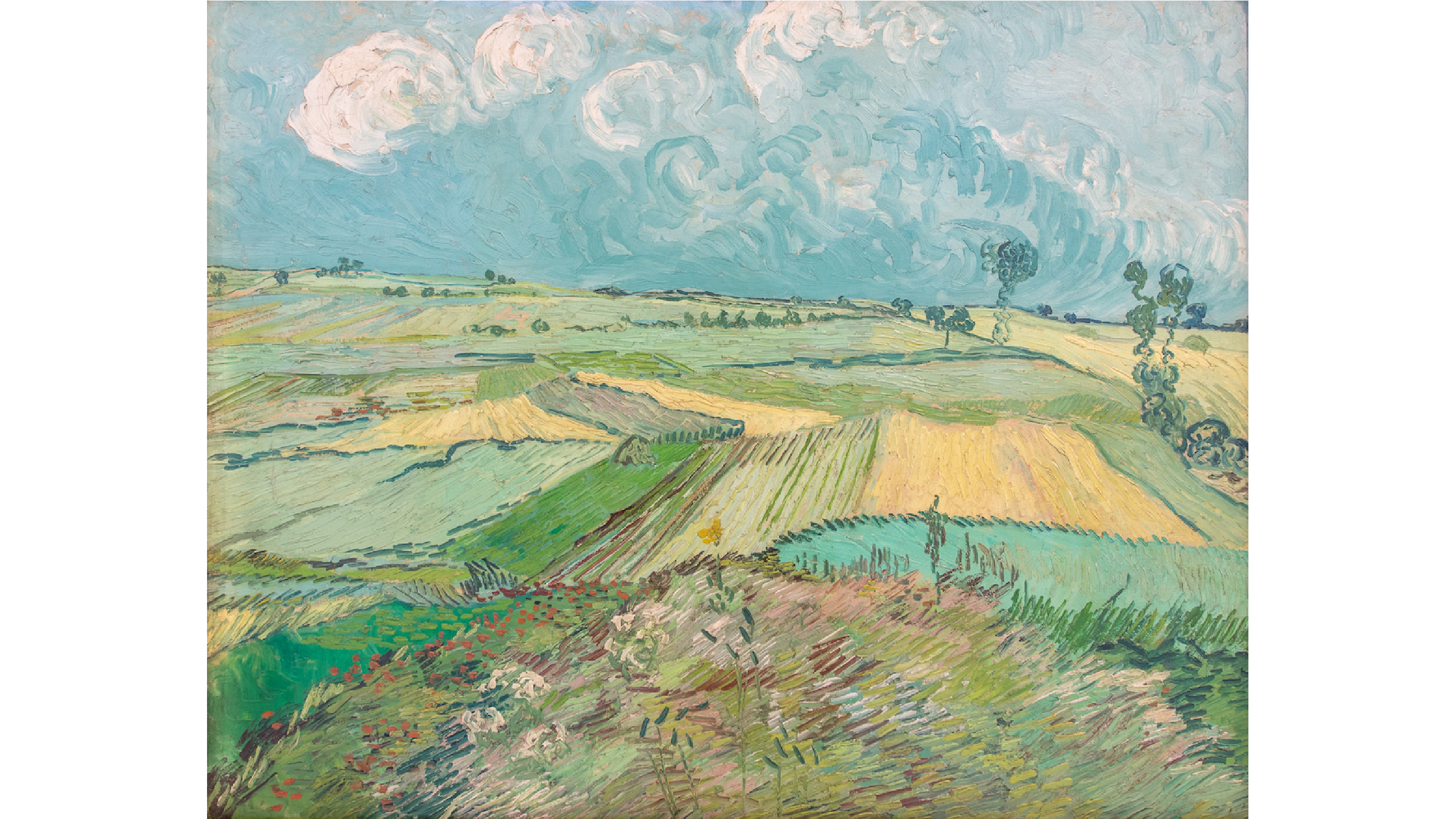His work at
Auvers-sur-Oise
In May of 1890 Vincent left the hospital in Saint-Remy, but he needed to continue with a treatment an under supervision, Theo thought in Dr. Paul Gachet would bed perfect for the asignment, he had a lot of sensitivity towards artists, Paul Cezzane has his studio at Gachet's attic, and Gachet was himself an amateur painter. Vicent then move to Auvers to be close to Gachet, a small town located just 2 hours north of Paris, during his time in here he painted 70 pieces, many of them reminiscent of "the north", defined as melancholic. During the days he spent here he described being absorbed by the landscape, the fields and the sky, he worte that thay represented his "sadness and extreme loneliness" and that the "canvases will tell you what I cannot say in words, that is, how healthy and invigorating I find the countryside". Beside only spent 70 days at Auvers-sur-Oise, they were the last 70 days of his life. His, probably, last painting "Tree Roots" was painted just 150mts from Auberge Ravoux, the inn were he stayed in Auvers.
During his stay in Auvers from May to July 1890, van Gogh created a remarkable body of work, capturing the rural landscapes, village scenes, and portraits of local residents. His paintings from this period reflect his introspective and intense exploration of color, brushwork, and composition. The vibrant and textured brushstrokes in paintings such as "Wheatfield with Crows" and "The Church at Auvers" evoke a sense of turmoil and emotional turmoil. These works, characterized by swirling brushwork and vivid colors, showcase van Gogh's ability to translate his inner turmoil onto the canvas. In Auvers, van Gogh also created powerful portraits, including the renowned "Portrait of Dr. Gachet." This portrait exemplifies his ability to capture the inner character and emotional depth of his subjects, imbuing them with a profound sense of humanity. Van Gogh's time in Auvers was marked by both moments of inspiration and personal struggle. He continued to grapple with his mental health, and tragically, it was during this period that he experienced his final days. The paintings produced during his time in Auvers are testament to van Gogh's extraordinary talent and his relentless dedication to his art. They encapsulate his unique artistic style, characterized by bold brushwork, vibrant colors, and an unyielding pursuit of expressing profound emotions. Today, van Gogh's paintings from Auvers are revered for their emotional intensity and their ability to captivate viewers. They serve as poignant reminders of the depth and complexity of the artist's inner world, leaving an indelible mark on the art world and ensuring van Gogh's enduring legacy as a masterful painter.










